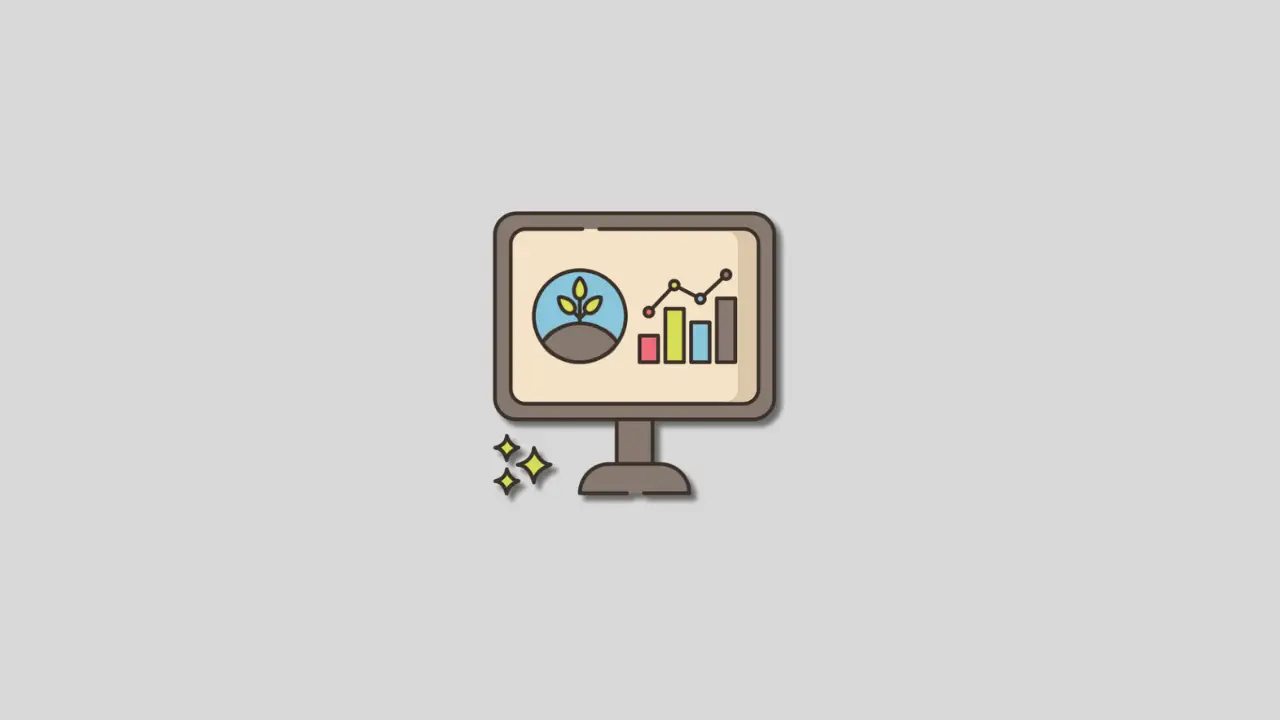Farming has come a long way from its primitive beginnings. The agriculture industry today looks very different than it did even 50 years ago.
One of the biggest changes on the modern farm is the indispensable role that software and technology now play in managing crops and livestock.
From GPS-enabled tractor guidance to data analytics software, code has become deeply ingrained in many aspects of running an efficient agricultural operation.
Precision Agriculture Powered by Software
One burgeoning area that demonstrates the integration of software in agriculture is precision agriculture. This encompasses a suite of technologies that allow farmers to treat their crops varyingly within a single field. GPS guidance systems, crop sensors, variable rate technology, and other tools generate vast amounts of data about highly localized conditions.
This data then feeds into farm management software also called landscaping software that helps create customized treatment prescriptions. For example, opting for variable rate fertilizer application based on soil nutrient analysis rather than blanketing a whole field saves money on inputs while also reducing environmental impact. Precision agriculture powered by agricultural software enables farmers to optimize yields while minimizing resource waste.
Monitor Crops with Digital Tools
In addition to guiding precision efforts, software also monitors crops in real-time to provide farmers with a constant overview of field conditions. Sensor systems mounted on tractors can scan thousands of plants per minute while traversing fields.
This data flows into management software that analyzes the information for early signs of problems. Irrigation leaks, bacterial or fungal infestations, nutrient deficiencies, and other issues can all be identified at very preliminary stages. By using software analytics to catch problems early, farmers have a better chance of preventing losses and targeting their interventions more efficiently.
Livestock Management Software
Livestock farming has also benefitted from new management software capabilities in recent years. Cows now often wear specialized neck tags or collars with built-in sensors that track temperature, movement, estrus cycles, feeding activity, and other behaviors.
This kind of data was once only obtainable through manual observation and notes. But now software can compile and process it all remotely, enabling cattle farmers to monitor the health status, nutritional needs, and breeding timing of their herds. This provides key insights that allow them to optimize feeding schedules, healthcare routines, and production.
Farm Management Information Systems
At an even broader level, full-scale farm management information systems have emerged to give farmers an integrated software solution. These platforms combine data from equipment, field activities, livestock, finances, weather forecasts and more into a centralized hub.
The software generates reports and dashboards that simplify compliance paperwork and insurance documentation. It also enables advanced planning and budgeting using production models and predictive analytics. With all aspects connected through the management information software, farmers can make strategic operational decisions backed by data-driven insights.
The Future of Agricultural Technology
The future of agricultural technology points toward ever-expanding possibilities for software integration in farming. Predictive analytics using historical data, weather forecasts, and machine learning algorithms will provide increasingly accurate production and pricing forecasts to aid planning. Drone imagery paired with computer vision algorithms will give farmers richer visual data than ever before.
And increased automation through AI-enabled robotics will handle more routine tasks with less direct human oversight. But these emerging technologies will also raise new challenges around data security, privacy, and effective systems integration. As agriculture grows more high-tech, software will play a key role in connecting technologies and harnessing the insights from data.
Conclusion
Software now permeates nearly every aspect of running an efficient farm operation. It powers precision agriculture platforms, monitors crop and livestock health, optimizes production, simplifies record keeping, and provides data-driven insights. While agriculture still relies primarily on the hard work of farmers, software has become an indispensable ally.
The coming decades will only expand the possibilities for utilizing advanced computer programming and data analytics to increase productivity while minimizing resource costs. In agriculture, as in so many industries, software is now part of the foundation enabling progress and success.
Was this article helpful?
YesNo
